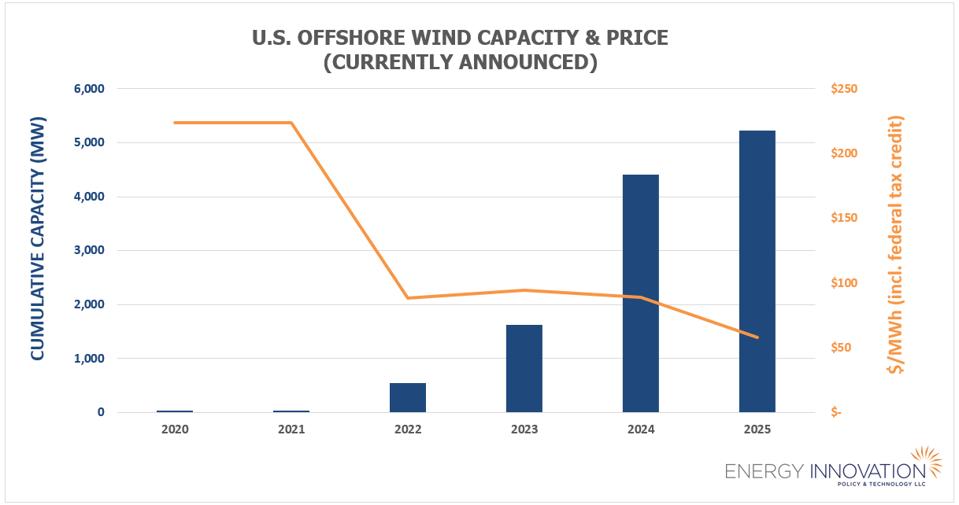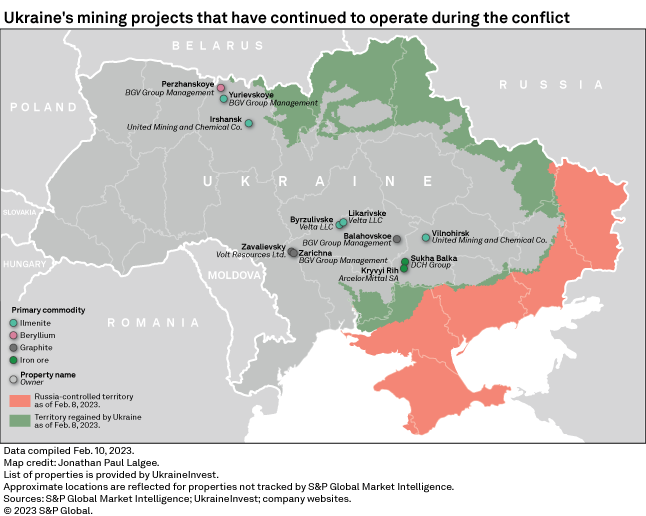Are Expensive Offshore Wind Farms Becoming Too Costly For Energy Companies?

Table of Contents
The Rising Costs of Offshore Wind Farm Development
The development of offshore wind farms requires substantial financial investment, making them one of the most capital-intensive renewable energy projects. These high costs are driven by several key factors.
High Initial Investment Costs
The initial capital expenditure for offshore wind farm projects is staggering. Before a single turbine is even erected, significant resources are committed to:
- Site surveys and environmental impact assessments: These crucial steps ensure compliance with environmental regulations and identify potential risks, adding substantial costs.
- Grid connection upgrades: Connecting offshore wind farms to the onshore electricity grid often necessitates expensive upgrades to existing infrastructure.
- Procurement of specialized equipment: The cost of turbines, foundations (often monopiles or jackets), subsea cables, installation vessels, and other specialized equipment is exceptionally high. This includes significant costs associated with the manufacturing and transportation of these components.
- Turbine costs: The price of individual wind turbines, particularly larger, more efficient models, represents a substantial portion of the overall budget. Inflation has significantly impacted these costs in recent years.
These costs are further exacerbated by inflation, which drives up the price of materials, labor, and services throughout the project lifecycle. For example, the cost of steel, a crucial component in turbine towers and foundations, has seen a dramatic increase recently, directly affecting offshore wind project budgets.
Challenges in Offshore Construction & Maintenance
Offshore construction presents unique and formidable challenges, contributing to significant cost overruns and delays. These include:
- Weather-related delays: Offshore conditions can be unpredictable and severe, leading to frequent work stoppages and project delays. Storm events can severely disrupt operations, potentially extending project timelines and escalating expenses.
- Logistical hurdles: Transporting and assembling massive components in challenging maritime environments requires specialized vessels and skilled personnel, driving up labor and logistics costs. This includes challenges in transporting and installing the massive turbine components.
- Specialized labor requirements: Offshore wind farm construction demands highly skilled workers with expertise in underwater welding, subsea cable installation, and other specialized areas. This specialized workforce often comes with a higher cost than onshore labor.
Several recent projects have experienced substantial cost overruns and extended completion dates due to these construction challenges. For instance, the delays and cost increases at the Vineyard Wind project in Massachusetts underscore the significant risks associated with offshore wind construction.
Financial Risks and Return on Investment (ROI) Concerns
Despite the environmental benefits, the economic viability of offshore wind farms remains a subject of ongoing debate. Several factors contribute to significant financial risks and uncertainties surrounding their ROI.
Uncertainty in Energy Prices and Government Subsidies
The profitability of offshore wind farms is heavily reliant on energy prices and the level of government support. Fluctuations in energy markets, coupled with potential reductions in government subsidies and tax incentives, can significantly impact project profitability.
- Influence of carbon pricing mechanisms: The implementation of carbon pricing mechanisms can influence the competitiveness of offshore wind; however, changes in these policies can also introduce uncertainties for project investors.
- Government policies: Government support, in the form of tax credits, feed-in tariffs, and other incentives, plays a vital role in making offshore wind projects financially feasible. Uncertainty around future policy support increases the project risk.
The risk of stranded assets – projects that fail to generate sufficient returns – remains a significant concern. This is particularly relevant if energy prices fall unexpectedly or government support is reduced.
Competition from other Renewable Energy Sources
Offshore wind faces stiff competition from other renewable energy sources, particularly onshore wind and solar power, which have experienced substantial cost reductions in recent years.
- Cost per megawatt-hour (MWh): Onshore wind and solar power often boast lower costs per MWh compared to offshore wind, impacting the competitiveness of the latter.
- Technological advancements and economies of scale: Technological advancements in onshore wind and solar, alongside economies of scale, continue to drive down their costs, further intensifying the competitive pressure.
Factors like technological advancements in turbine design and improved manufacturing processes can influence the competitiveness of offshore wind, but these improvements need to offset the higher capital and operational costs associated with offshore projects.
Technological Advancements and Potential Cost Reductions
While the current costs are high, several technological advancements hold the potential to significantly reduce the overall expenses associated with offshore wind farm development.
Innovations in Turbine Technology & Installation Methods
Significant improvements in turbine design, manufacturing, and installation methods are underway, promising to drive down costs in the future.
- Larger turbines: Larger turbines generate more power, reducing the number of turbines needed for a given capacity, potentially lowering costs per megawatt.
- Floating offshore wind technology: This technology allows for the development of offshore wind farms in deeper waters, opening up vast untapped resources and potentially reducing infrastructure costs.
- Improved installation vessels: Advanced vessels are being designed to improve installation efficiency, reducing downtime and labor costs.
Companies like Siemens Gamesa, Vestas, and GE Renewable Energy are investing heavily in research and development, pushing the boundaries of turbine technology and installation methods.
Supply Chain Optimization and Economies of Scale
Streamlining the supply chain and achieving economies of scale through larger projects are vital for cost reduction.
- Standardization: Adopting standardized components can simplify manufacturing, reduce lead times, and lower costs.
- Prefabrication: Manufacturing components in factories and assembling them offshore can enhance efficiency and reduce onsite construction time.
- Localized manufacturing: Establishing local manufacturing facilities can reduce transportation costs and stimulate local economies.
Collaboration between developers, manufacturers, and policymakers is key to achieving these efficiencies.
Conclusion
The high initial investment costs, construction challenges, and financial risks associated with offshore wind farms are undeniable. However, the potential for future cost reductions through technological advancements and economies of scale remains significant. The ongoing debate about their economic viability underscores the need for continued innovation and policy support. The future of offshore wind energy hinges on overcoming these challenges. To ensure a sustainable energy future, further research is crucial. Explore alternative renewable energy options, and consider the role of effective government policy in driving innovation and cost reductions within the offshore wind energy sector. The development of cost-effective offshore wind farm projects is vital to achieving global climate goals.

Featured Posts
-
 Enhanced Player Experience Fortnite Item Shops Latest Feature
May 03, 2025
Enhanced Player Experience Fortnite Item Shops Latest Feature
May 03, 2025 -
 Fortnite Update 34 21 Server Downtime New Features And Bug Fixes
May 03, 2025
Fortnite Update 34 21 Server Downtime New Features And Bug Fixes
May 03, 2025 -
 Tuerkiye De 1 Mayis Emek Ve Dayanisma Guenue Arbede Olaylari
May 03, 2025
Tuerkiye De 1 Mayis Emek Ve Dayanisma Guenue Arbede Olaylari
May 03, 2025 -
 From Celeb Traitors To Bbc Daisy May And Charlie Coopers Next Project
May 03, 2025
From Celeb Traitors To Bbc Daisy May And Charlie Coopers Next Project
May 03, 2025 -
 Ukraine U S Rare Earth Mineral Deal A New Economic Partnership
May 03, 2025
Ukraine U S Rare Earth Mineral Deal A New Economic Partnership
May 03, 2025
